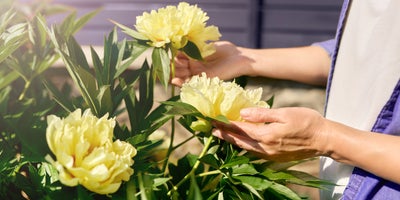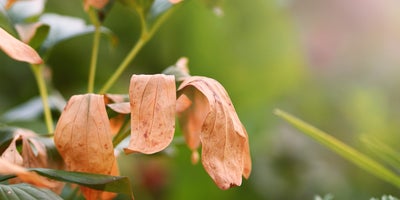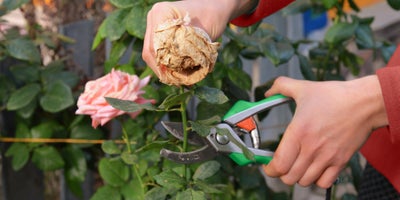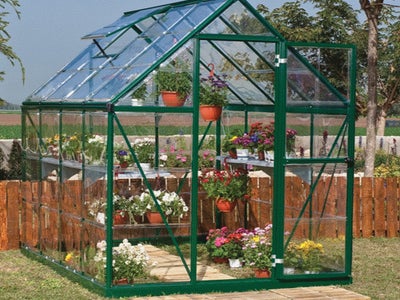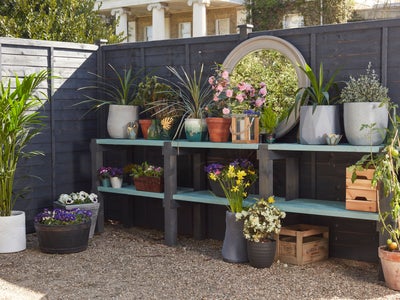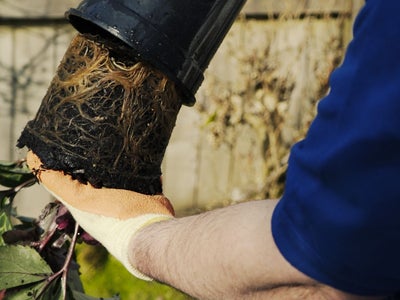Giving perennials a second life
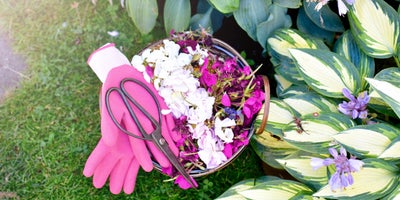
Perennial plants are a beautiful addition to any garden, showcasing their colourful blooms and foliage year after year. However, to keep them healthy and thriving, it is important to regularly deadhead them. Deadheading simply means removing spent flowers from the plant, which encourages new growth and prolongs the overall bloom time. Not only does this benefit the appearance of the plant, but it also promotes better plant health and can even attract pollinators to the garden. Not everything needs to be deadheaded though, so it's helpful to know what to look for and how to do it.
Shop the Range
